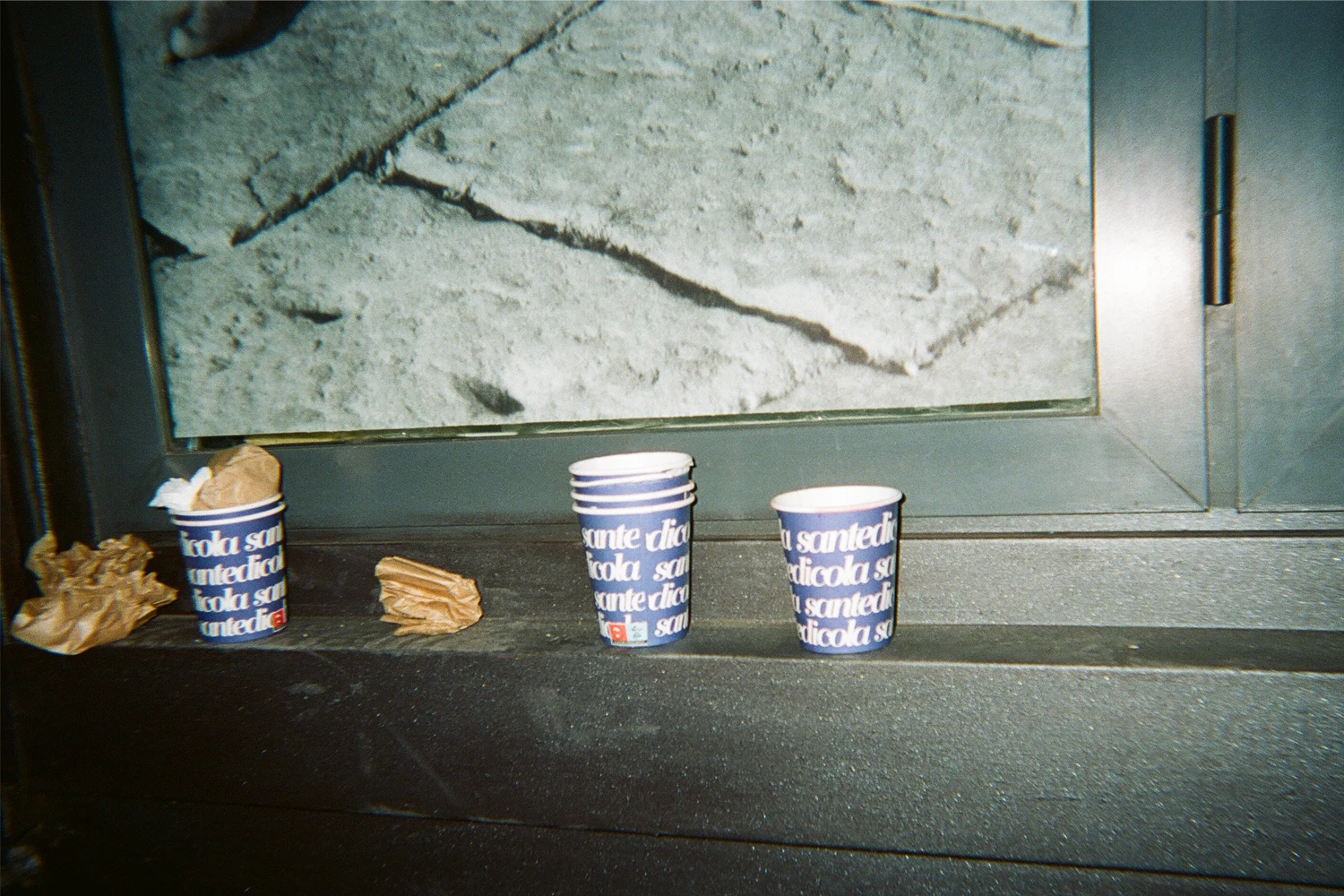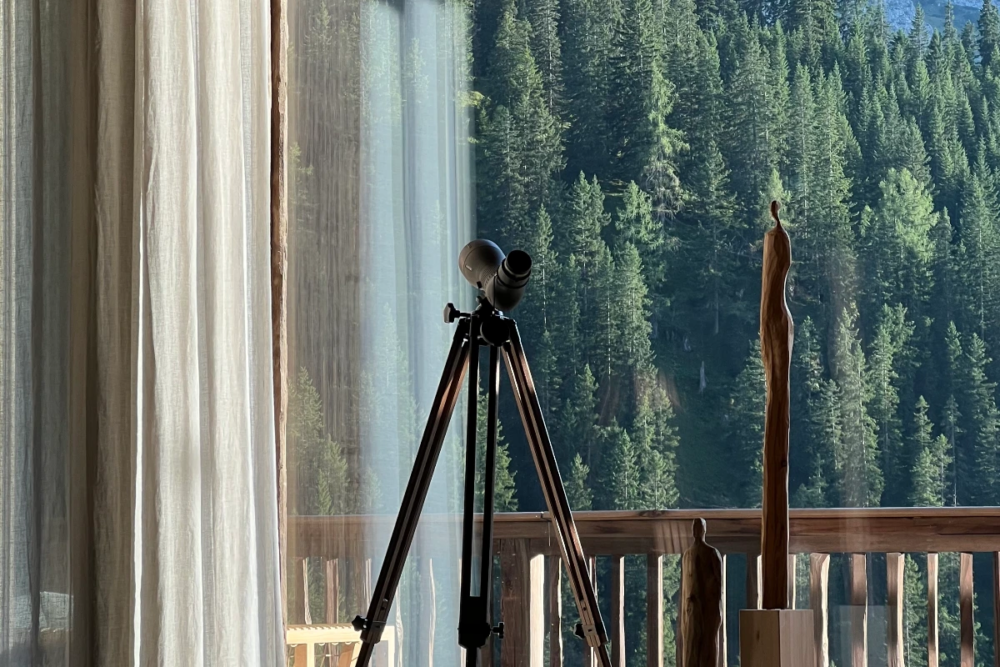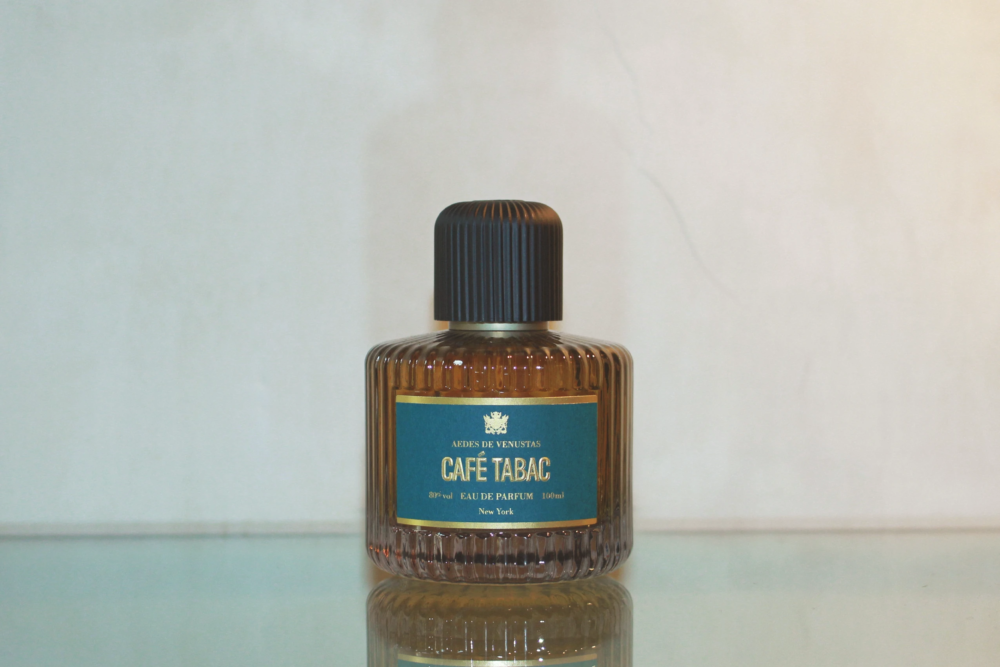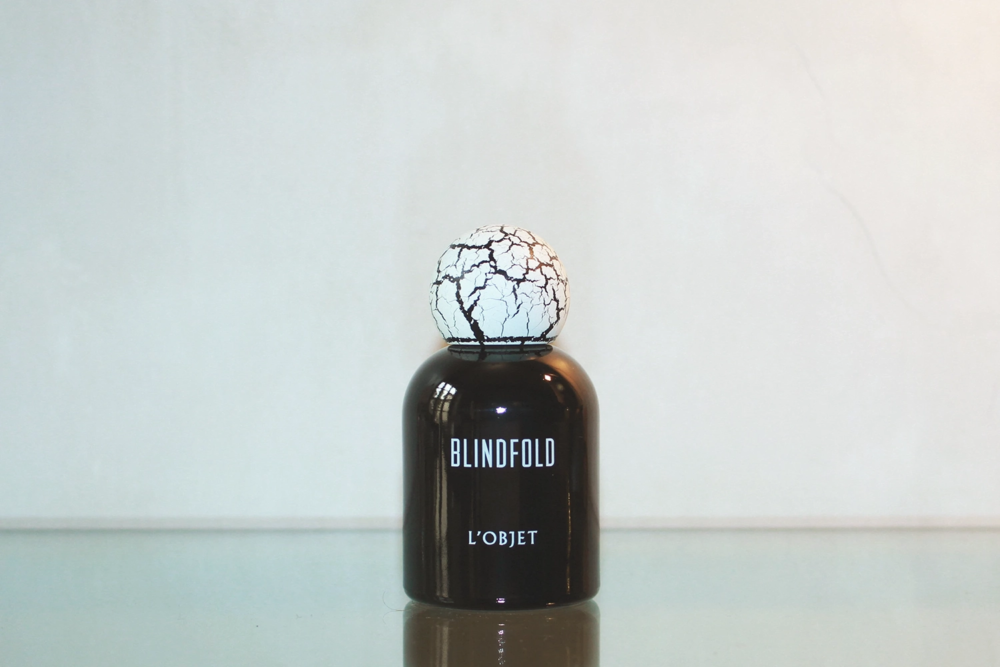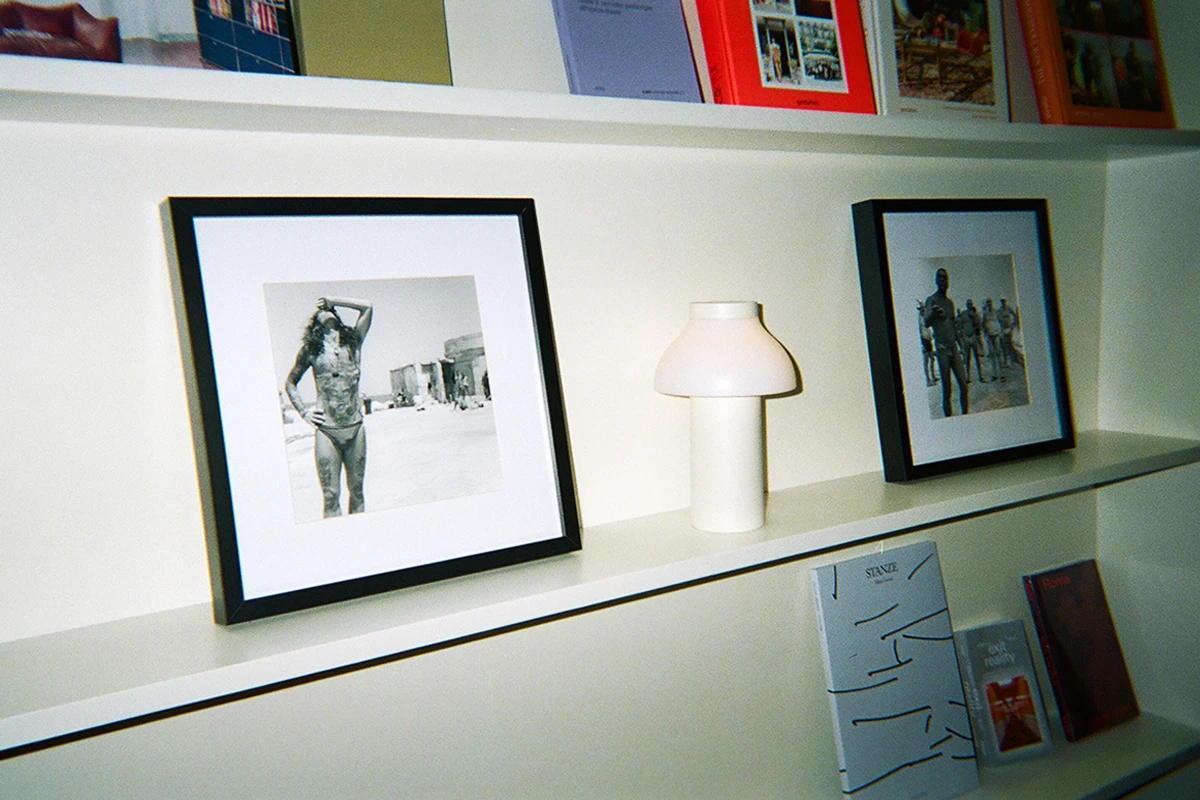
Santedicola: the rebirth of a Roman newsstand as a civic and cultural hub
Santedicola, Piazza Imola, Roma: Gaetano Orefice and an abandoned newsstand in San Giovanni district: a small-scale cultural hub, adaptive reuse and sustainable design
Santedicola: reclaiming the public space
Conceived by young creative Gaetano Orefice (b. 1995), Santedicola reinterprets one of Italy’s most iconic urban archetypes through a poetic yet mindful lens. Imagined as a new cultural microcosm for the local community, the project reclaims an abandoned neighborhood newsstand — reviving not only the structure itself but also the square it inhabits. Located in Piazza Imola, in Rome’s San Giovanni district, Santedicola grounds itself in a lived urban fabric while opening to broader cultural dialogues. The space officially opens on October 18 at 6:30 PM in Piazza Imola with Lanterna Beach: i volti del Braccio, a photography exhibition by Mariano Doronzo, curated by Luigi Crea.
A newsstand reborn as a cultural and social intersection
Living across from the square, Orefice had long observed the abandoned kiosk. Purely out of curiosity, I began noticing it every day as I passed by. The structure was falling apart, with old magazines left inside, everything slowly decaying. It felt like such a waste: the kiosk stands in a beautiful square surrounded by homes and between three of Rome’s key landmarks — the Colosseum and Imperial Forums, Termini Station, and the Basilica of St. John Lateran. This position could become a real meeting point. I felt that we, as residents, could reclaim the space and transform it into something meaningful for the community. From this impulse grew a space that merges daily utility with cultural engagement. Unlike traditional newsstands — typically designed for the simple transaction of newspapers and magazines — Santedicola offers an inhabitable, open environment. Visitors can enter, attend exhibitions, workshops, and talks, turning the newsstand into an active site of exchange rather than a mere point of sale.

Reviving community identity through urban participation
In Italy, the newsstand has always been more than a commercial structure. Traditionally, it functions as a neighborhood reference point — a place to exchange news, converse, and comment on daily events. It anchors everyday life within the rhythm of the city. Once I decided to act, in collaboration with the VII Municipality and the volunteers of Retake, a non-profit dedicated to environmental care, we cleaned the square, placed plants in pots, and emptied the kiosk of all the decaying material. It was a special moment – the first true activation of the space. As neighbors saw us working, they brought food and drinks, thanking us for taking the square, quite literally, into our own hands.
Slow urban regeneration as a sustainable model for cities
This active yet gradual approach to renewal reflects the principles of slow urban regeneration — a model of city-making that prioritizes sustainability, social well-being, and the reactivation of public spaces. It focuses on reusing existing structures and fostering community involvement rather than consuming new land. At its core lies the creation of human-centered, inclusive, and livable environments balancing social, aesthetic, and ecological value. Key strategies include promoting soft mobility – pedestrian and cycling paths, shared routes, and reduced car dependence – and revitalizing public squares, gardens, and streets to serve both functional and social roles.
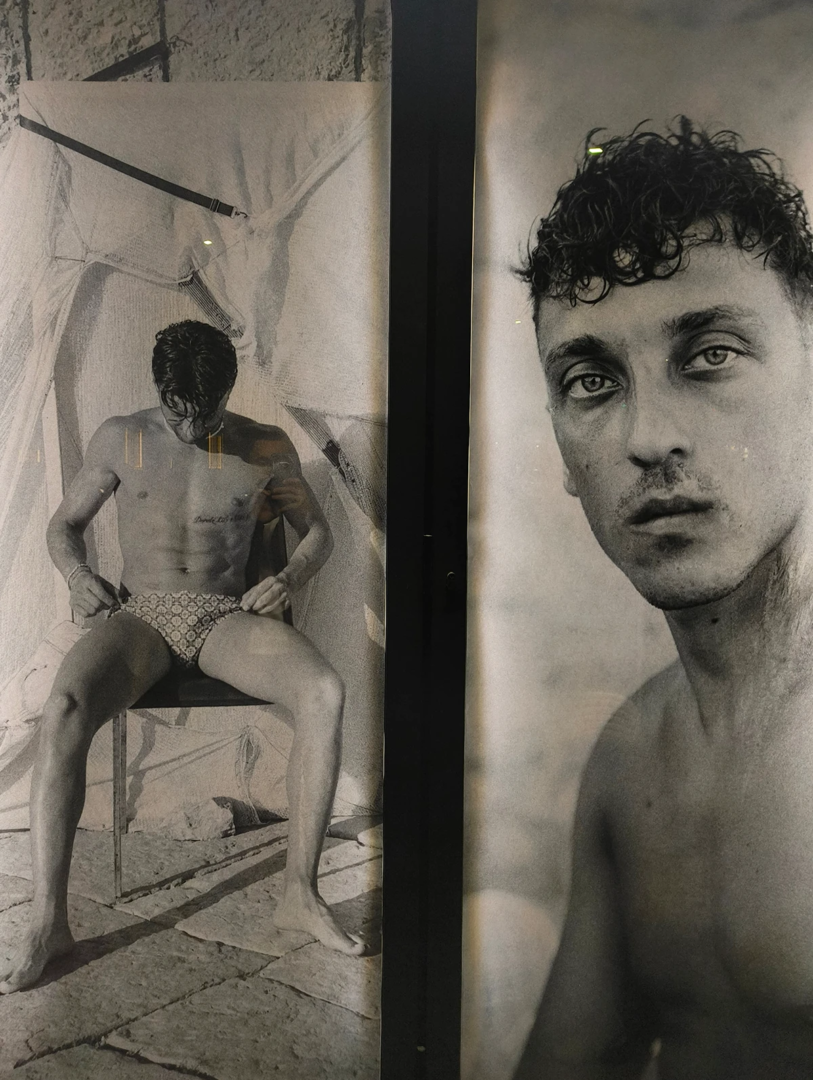
Santedicola as a case study in sustainable urban reuse
By transforming an abandoned newsstand into a multifunctional cultural hub, Santedicola exemplifies how small, site-specific interventions can generate large civic impact. It reactivates a neglected corner of San Giovanni, creating a participatory environment for exhibitions, workshops, and creative collaborations. The project enhances the existing structure with sustainable materials, energy-efficient systems, and community engagement, demonstrating that urban renewal can foster cultural and environmental vitality without displacing local identity.
Santedicola: Architectural design and symbolism for shared urban experiences
The octagonal form carries both practical and symbolic meaning: it facilitates movement and dialogue while evoking balance and connection. The octagon – a recurring motif in Christian architecture, especially baptisteries – symbolizes rebirth, an apt metaphor for a space that revives both structure and social life. The project extends this tradition while drawing inspiration from Italy’s votive shrines – small urban altars placed at crossroads or along pathways. These shrines, rooted in devotion and collective memory, often share the same octagonal geometry, serving as thresholds between private and public, sacred and every day. Likewise, this new kiosk becomes a place of reflection, encounter, and shared experience. In this way, Santedicola foregrounds the importance of being physically present in shared space – a counterpoint to the increasingly digital and fragmented ways we inhabit the city.
Sustainability as design philosophy and spatial narrative
Every material and detail in Santedicola was chosen to balance durability, efficiency, and environmental responsibility. Wooden shelving, handcrafted counters, and sustainable Forbo vinyl flooring reflect a commitment to longevity and ecological awareness. Natural light enters through new window openings; low-energy lighting systems minimize consumption; a water recycling system collects and reuses rainwater for the maintenance of public greenery. Furniture and lighting by Magnus Olesen, Hay, Artemide, and Ferm Living add texture and scale, creating a space that feels open, accessible, and coherent. Sustainability thus operates not only as a technical principle but as a design ethos, shaping the aesthetic and experiential quality of the space.
A curated editorial identity at the intersection of culture and commerce
Alongside the sale of newspapers and magazines, Santedicola maintains a strong curatorial vision. Independent publishers such as Corraini, Numero Cromatico, Henry Beyle, and Nero Editions appear next to international titles including Cabana, Monocle, Openhouse, and Tide. Beyond print, visitors encounter carefully selected objects – reusable Kodak cameras, artisan ceramics, specialty beverages – chosen to inspire curiosity and reflection. The focus is not on consumption but on cultivating attention, awareness, and connection.
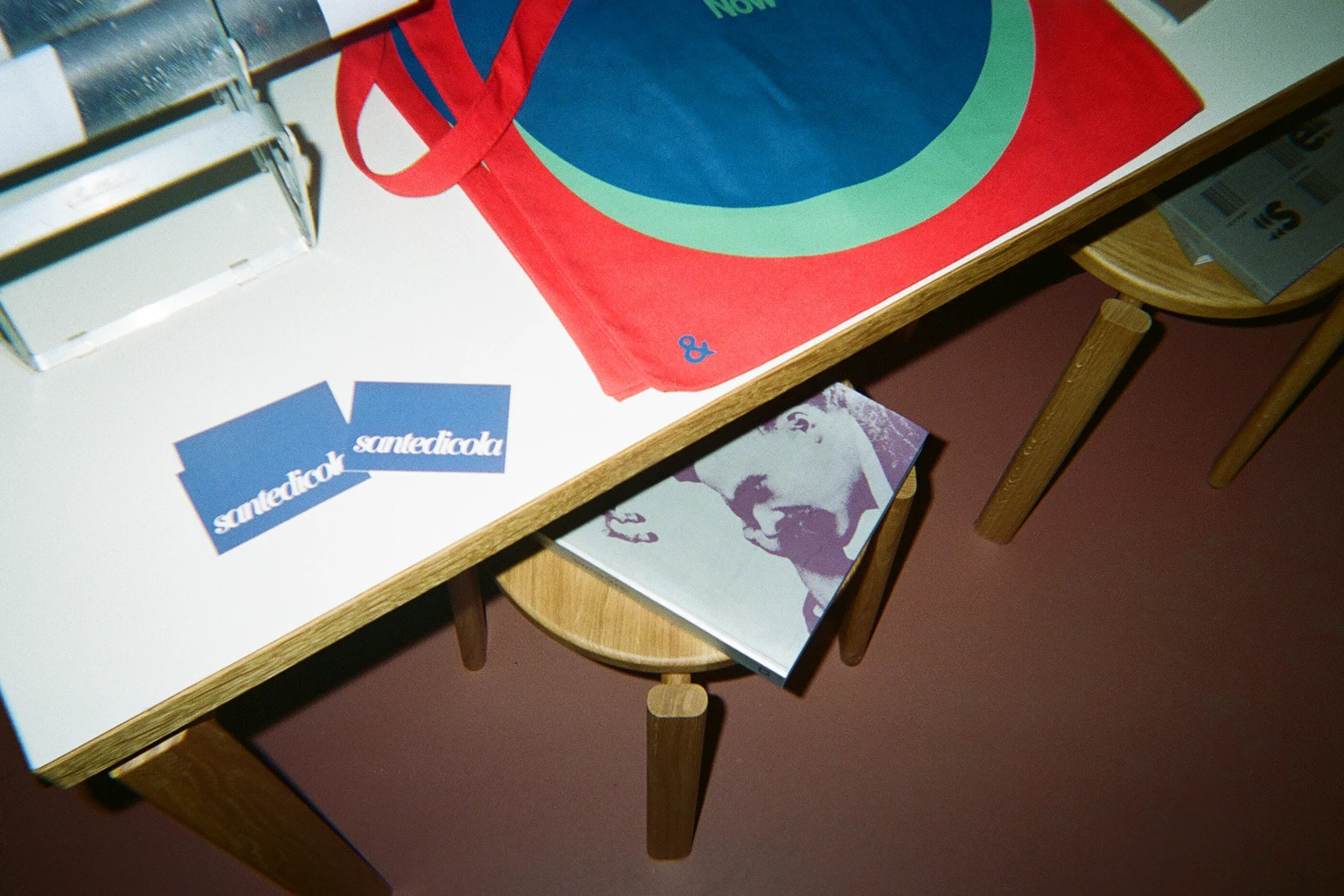
Collaborative outreach and creative partnerships beyond the kiosk
Instead of conventional marketing, Santedicola adopts a collaborative approach rooted in dialogue and cultural exchange. Temporary exhibitions and pop-up projects bring together artists, institutions, and brands in meaningful interaction, without compromising the space’s civic and editorial integrity. Having a larger space that can host groups of people allows us to explore new forms of collaboration. We can organize exhibitions, invite artists and designers, and offer visibility to emerging brands. Smaller entities, often absent from the city, can use Santedicola as their communication channel – reaching people in direct, tangible ways that digital media cannot replicate.
Reclaiming without displacing: an alternative to gentrification
While some might associate urban renewal with gentrification, Santedicola offers a countermodel. Rather than catering to wealthier newcomers or driving up rents, the project reactivates an abandoned space for the benefit of the existing community, prioritizing cultural engagement, accessibility, and shared public life. By fostering local participation and sustainable practices, Santedicola strengthens neighborhood identity instead of eroding it. The opening exhibition, Lanterna Beach: i volti del Braccio by Mariano Doronzo, curated by Luigi Crea, depicts the daily rituals of the lanterniani – a community gathering year-round on the pier of Barletta’s Braccio. Doronzo’s images document this collective act with anthropological precision, exploring the relationship between body, sea, and concrete – a counter-narrative to stereotypical visions of Southern Italy. The event will feature a DJ set by Byron, beverages by Singersangio / Tenuta di Grignano, and snacks by Truffle Italia, partners of the evening.
Gaetano Orefice: reconnecting the past with contemporary urban life
Revitalize the places of the past to reconnect with the local community and its businesses through change. My roots are in Naples, a city that never truly lets you go. For several years now, I have lived in Rome – a city of layered beauty that continues to inspire me. I hold a degree in Fashion Design; for me, fashion is a narrative medium, a visual language that shapes identity. My path has changed over time, yet my approach remains the same as when I was a child, accompanying my father to buy the daily newspaper – a simple ritual, rich in meaning, that I continue to honor today.
Sara van Bussel
